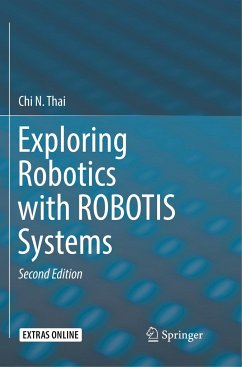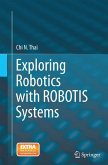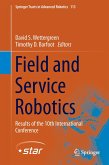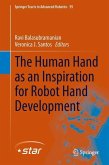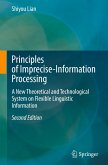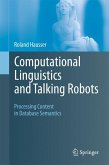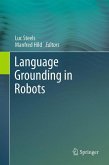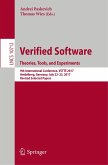This 2nd edition textbook has been expanded to include of 175 additional pages of additional content, created in response to readers feedback, as well as to new hardware and software releases. The book presents foundational robotics concepts using the ROBOTIS BIOLOID and OpenCM-904 robotic systems, and is suitable as a curriculum for a first course in robotics for undergraduate students or a self-learner. It covers wheel-based robots, as well as walking robots. Although it uses the standard "Sense, Think, Act" approach, communications (bot-to-bot and PC-to-bot) programming concepts are treated in more depth (wired and wireless ZigBee/BlueTooth). Algorithms are developed and described via ROBOTIS' proprietary RoboPlus IDE, as well as the more open Arduino-based Embedded C environments. Additionally, a vast array of web-based multimedia materials are used for illustrating robotics concepts, code implementations and videos of actual resulting robot behaviors. Advanced sensor interfacing for gyroscope, inertial measuring unit, foot pressure sensor and color camera are also demonstrated.
Bitte wählen Sie Ihr Anliegen aus.
Rechnungen
Retourenschein anfordern
Bestellstatus
Storno

